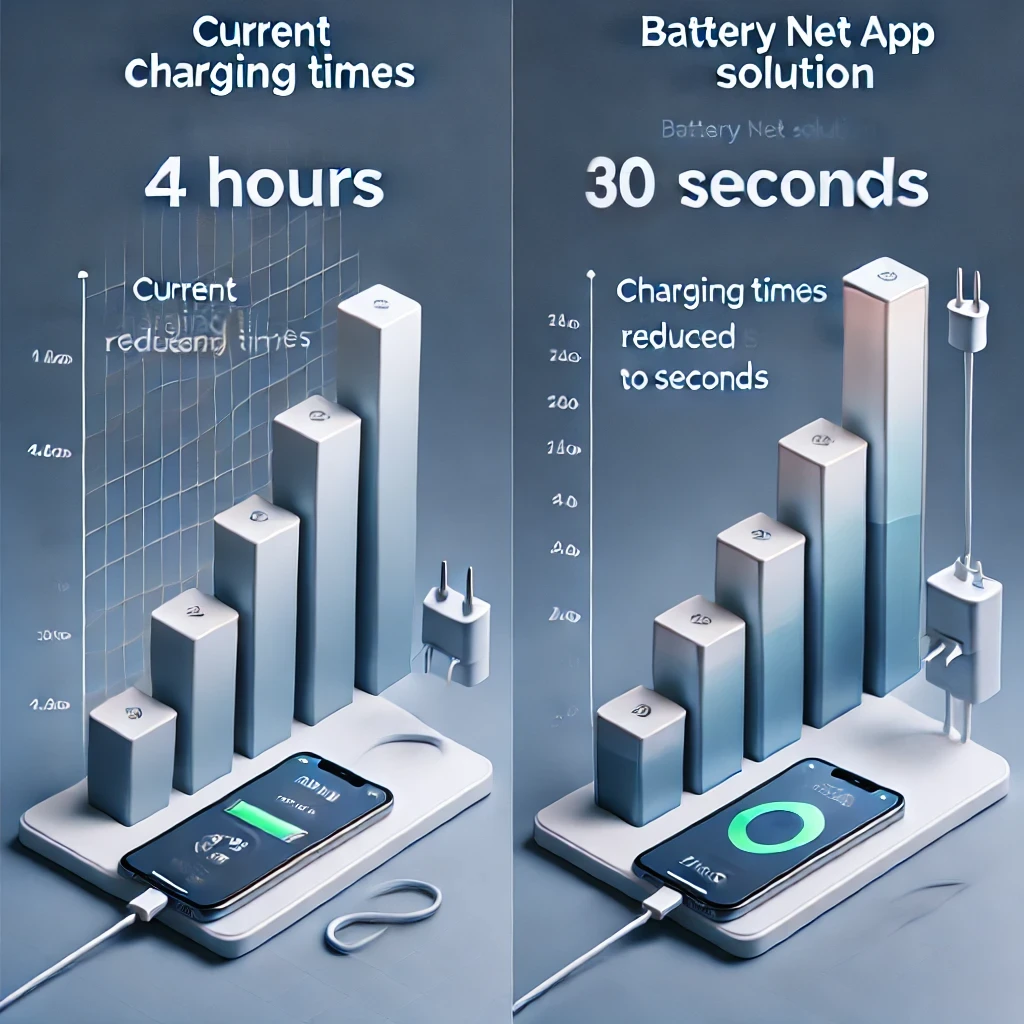2. What problems do we solve?
2. What problems do we solve?
2.1 – Context and Current Situation:
Analysis of the current market and its challenges
The market for light electric vehicles, which encompasses skateboards, motorcycles and electric bicycles, is in a growth phase, but it faces significant barriers that have limited its mass adoption and its potential to truly transform urban and suburban mobility. Despite the enthusiasm for sustainable alternatives, the market faces several critical challenges that need to be addressed to unlock its true potential:
- Limited Range: Currently, batteries used in light electric vehicles offer a limited range of travel, making these vehicles unsuitable for long-distance travel or extended use without frequent recharging. This limitation reduces its functionality and deters users who require flexible and unrestricted mobility.
- Shortage and Poor Distribution of Charging Points: Charging stations are scarce and often poorly located, far from usual routes and centers of activity. This forces users to deviate considerably from their journeys, which is not only inconvenient, but also increases the overall travel time, thus reducing the practicality of light electric vehicles.
- Operational Drawbacks: Users who want to make long journeys face the additional difficulty of planning their trips around charging station locations. This problem is exacerbated in rural areas or in regions with limited infrastructure, where the availability of charging is even more restricted.
 Long Wait Times: Once at the charging stations, charging times can be extended up to four hours on average, an unacceptable delay for users who need fast and efficient mobility solutions. This delay not only affects the user experience, but also limits the ability of electric vehicles to compete with combustion alternatives in terms of convenience.
Long Wait Times: Once at the charging stations, charging times can be extended up to four hours on average, an unacceptable delay for users who need fast and efficient mobility solutions. This delay not only affects the user experience, but also limits the ability of electric vehicles to compete with combustion alternatives in terms of convenience.- Premature Battery Wear: Fast recharge options, while faster than standard recharges, accelerate battery wear, significantly reducing battery life. This not only increases operating costs in the medium and long term, but also negatively affects consumers’ perception of the reliability and long-term value of light electric vehicles.
- Infrastructure and Network Limitations: The current infrastructure is not designed to support a mass adoption of light electric vehicles. The lack of a comprehensive approach to the creation of an efficient and accessible charging network limits market expansion and perpetuates reliance on older, more polluting technologies.
These factors, taken together, form a considerable barrier that prevents light electric vehicles from becoming a dominant option in the market. For this sector to reach its true potential, it is crucial to address these challenges with innovative solutions that improve the range, accessibility, and efficiency of charging.
2.2 – Limitations of Existing Solutions
Criticisms of Current Solutions and Their Inadequacy
At present, the solutions offered by electric vehicle and battery manufacturers and developers have been insufficient to overcome the critical challenges facing the market. Although advances have been made in the research and development of batteries with higher capacity and lower weight, these efforts have failed to solve the fundamental problems in a comprehensive manner.
- Insufficient Battery Capacity Increase: Although improvements have been made in battery energy density, these have not been significant enough to eliminate the need for frequent recharging over long journeys. In addition, the costs associated with these more advanced batteries remain high, limiting their accessibility to a broad spectrum of consumers.
- Expansion of Charging Infrastructure: Increasing the number of charging stations does not solve the problem of geographical distribution or the need for significantly shorter charging times. Without a fast and accessible charging network, light electric vehicles will continue to be perceived as inconvenient for users who need flexibility in their journeys.
- Insufficient Solutions for Long Trips: Even with improvements in battery capacity and increased availability of charging stations, users who want to make long journeys face cumulative wait times that can exceed 20 hours. This is unacceptable to most consumers, who prioritize speed and efficiency in their mobility solutions.
- Integration and Compatibility Issues: The lack of standardization in battery and charging station technologies creates compatibility issues and hinders the integration of large-scale solutions. This fragmentation of the market prevents users from being able to access a consistent and seamless recharge experience.
- Hidden Costs: Current solutions often do not consider accelerated battery wear due to fast recharging, which introduces unexpected additional costs for users. This affects the perception of value and discourages the adoption of light electric vehicles as a viable long-term alternative.
In short, current solutions, while advanced in certain respects, have failed to remove the barriers that prevent light electric vehicles from being a truly attractive and functional option for a wide range of users. To change this reality, a radically new approach is needed that addresses these challenges from a holistic perspective, delivering substantial improvements in range, accessibility, efficiency and costs throughout the vehicle’s lifecycle.
Luckily, all this is going to be history thanks to the Battery Net App project and technology



